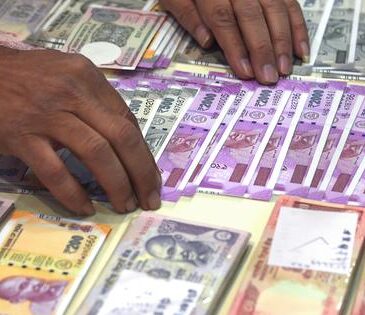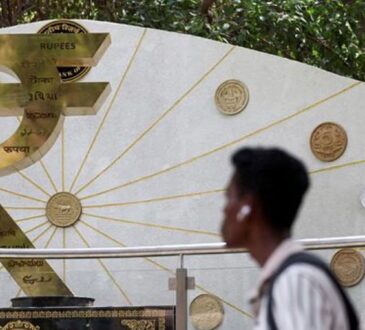The sharp rebound comes after India and Pakistan agreed to a ceasefire over the weekend, easing geopolitical tensions that had rattled investors.
Indian equity markets responded with a powerful rally on Monday (May 12), with benchmark indices rising nearly 4%, marking their best day in four years.
The global backdrop also turned favourable.
A trade deal between the US and China to cut reciprocal tariffs lifted risk appetite across markets. Global equities surged, the Chinese yuan touched a six-month high, and the dollar index climbed 1% on easing fears of a prolonged trade war.
Currency traders expect the rupee to recover further from last week’s losses. The rupee had dropped 0.9% and ended at 85.37 on Friday (May 9), pressured by the previous escalation in India-Pakistan tensions.
According to Dilip Parmar, foreign exchange research analyst at HDFC Securities, the rupee is now poised to benefit from both a stronger yuan and easing regional conflict.
Traders are watching key resistance levels closely, with expectations that the rupee could strengthen past the 85 mark and test 84.60 and 84.40 in the near term. The sentiment has turned after the geopolitical overhang faded and risk appetite returned.
Bond dealers expect yields to fall and trade between 6.30% and 6.33% this week, supported by cooling inflation expectations and upcoming central bank operations.
India’s consumer inflation data for April, due Tuesday (May 13), will be key. Economists polled by Reuters expect inflation to ease to a near six-year low of 3.27%. The Reserve Bank of India is also scheduled to purchase ₹25,000 crore worth of bonds on Thursday (May 15), while the government will auction bonds worth the same amount on Friday (May 16).
Global macro signals will also be in focus. US consumer inflation and retail sales data due this week could influence the Federal Reserve’s interest rate outlook.
Debendra Kumar Dash, senior vice president of treasury at AU Small Finance Bank, said the US-China trade deal supports both the rupee and bond markets by improving overall sentiment.
–With Reuters inputs




